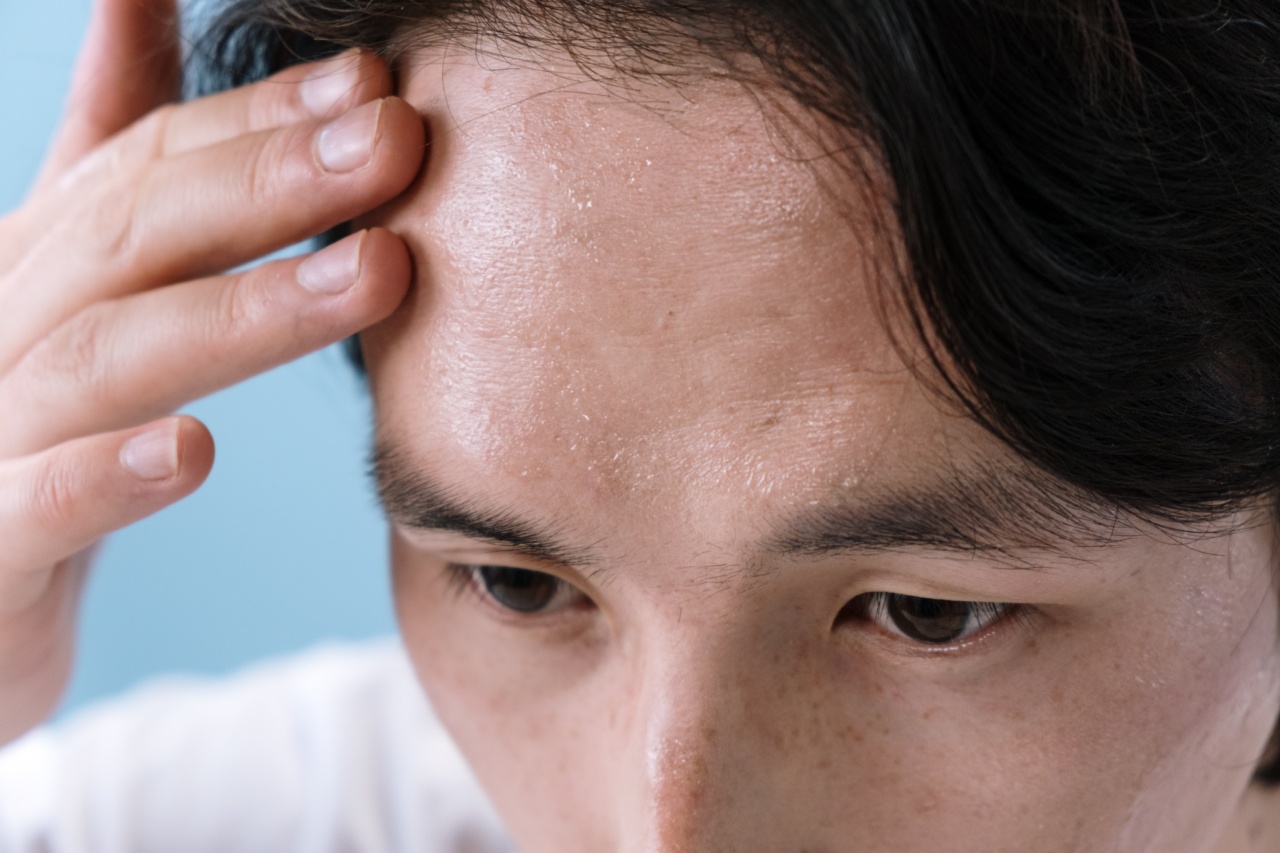Skin is the largest organ in our body and it can give us important clues about our overall health. Skin symptoms can range from mild irritation to severe rashes and bumps.
It’s important to recognize skin symptoms as they could be indicators of many serious diseases. Let’s take a look at 8 common diseases and their associated skin symptoms.
1. Lupus
Lupus is an autoimmune disease that affects the skin, joints, and major organs of the body. The most common skin symptom of lupus is a butterfly-shaped rash on the face that typically appears on the nose and cheeks.
This rash is called malar rash and it’s usually red, raised, and scaly. Lupus can also cause red, raised patches with a scaly border on the skin and around the nails.
2. Psoriasis
Psoriasis is a chronic skin condition that causes thick, scaly patches on the skin. It’s an autoimmune disease that speeds up the growth cycle of skin cells.
The patches can appear anywhere on the body, but they’re most common on the elbows, knees, scalp, and lower back. Psoriasis patches are usually red, raised, and covered with silvery-white scales. They can be itchy and painful and can crack and bleed.
3. Eczema
Eczema is a chronic skin condition that causes dry, red, itchy, and inflamed skin. It’s also called atopic dermatitis and it’s more common in children than adults.
Eczema can appear on any part of the body but it’s most common on the face, hands, and feet. It can be triggered by many factors such as stress, allergies, and weather changes. Eczema can also cause rough, leathery, and dark patches on the skin.
4. Hives
Hives or urticaria is a skin condition that causes itchy, red, and swollen welts on the skin. They can appear anywhere on the body and can vary in size and shape. Hives are usually caused by an allergic reaction, stress, and certain medications.
They can be uncomfortable and can last for a few hours to a few days.
5. Shingles
Shingles or herpes zoster is a viral infection that causes painful blisters on the skin. It’s caused by the same virus that causes chickenpox. Shingles usually affects one side of the body and can cause burning, tingling, and itching sensation.
The blisters can be filled with pus and can break open and crust over. Shingles can be treated with antiviral medications and painkillers.
6. Lyme Disease
Lyme disease is a bacterial infection that’s transmitted by tick bites. It can cause a bulls-eye rash on the skin that appears within 3-30 days after the tick bite. The rash is usually red and expands slowly over several days.
It’s typically not painful or itchy but it can be warm to the touch. Lyme disease can also cause other symptoms such as fever, headache, joint pain, and fatigue.
7. Sarcoidosis
Sarcoidosis is an inflammatory disease that can affect many organs in the body, including the skin. The skin symptoms of sarcoidosis include raised, red or purple patches on the skin that are usually painless. They can appear on the face, arms, and legs.
Sarcoidosis can also cause small, flesh-colored bumps on the face and ears. These bumps are called lupus pernio.
8. Skin Cancer
Skin cancer is the most common type of cancer in the United States. It’s caused by the abnormal growth of skin cells, usually from prolonged exposure to the sun.
Skin cancer can appear as a new growth, a sore that doesn’t heal or a change in an existing mole. Skin cancer can be treated successfully if detected early. It’s important to protect your skin from the sun by using sunscreen, wearing protective clothing, and avoiding the sun during peak hours.
Conclusion
Skin symptoms can be the first sign of many serious diseases. It’s important to pay attention to any changes in your skin and seek medical advice if necessary. Early detection and treatment can prevent complications and improve your overall health.























